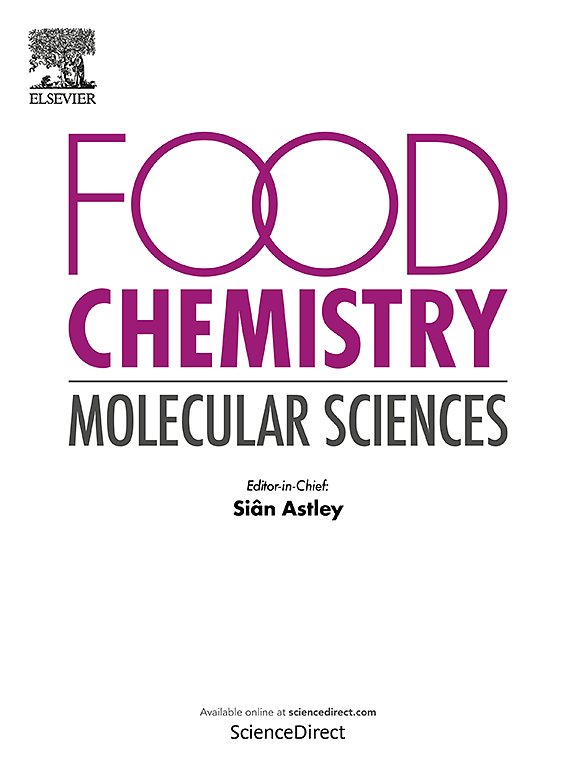用于鱼类物种快速鉴定的通用DNA微阵列
IF 4.1
Q2 FOOD SCIENCE & TECHNOLOGY
引用次数: 0
摘要
DNA微阵列现已应用于基因表达分析、病原体/病毒检测和生物标志物鉴定等领域。虽然它们已用于食品部门的物种鉴定,但它们检测到的物种数量有限,因此由于交易的物种种类繁多,不太适合用于渔业产品。在这里,这个原理验证研究的目的是设计一个通用的DNA微阵列,应该能够通过比较样本的杂交信号模式和从参考样本获得的模式来区分所有鱼类。一套通用的100个DNA探针(基于遗传标记基因16S核糖体RNA和细胞色素b)为所有86个分析的鱼类标本生成了物种特异性的DNA探针模式。这种新的筛选方法显示出鉴定所有鱼类标本的潜力,从而可以在打击海鲜部门的欺诈行为和掺假方面发挥重要作用。本文章由计算机程序翻译,如有差异,请以英文原文为准。

A universal DNA microarray for rapid fish species authentication
DNA microarrays are now used in fields such as gene expression analysis, pathogen/virus detection and identification of biomarkers. Although they have been used in the food sector for species identification, they detect a limited number of species and are thus less suited for fishery products due to the large variety of traded species. Here, the aim of this proof-of-principle study was to design a universal DNA microarray that should be able to distinguish all fish species by comparing hybridization signal patterns from samples with patterns obtained from reference specimens. A universal set of 100 DNA probes (based on the genetic marker genes 16S ribosomal RNA and cytochrome b) generated species-specific DNA probe patterns for all 86 analyzed fish specimens. This new screening method shows potential to authenticate specimens from all fish species and by this could play an important role in fighting fraudulent practices and adulteration in the seafood sector.
求助全文
通过发布文献求助,成功后即可免费获取论文全文。
去求助
来源期刊

Food Chemistry Molecular Sciences
Agricultural and Biological Sciences-Food Science
CiteScore
6.00
自引率
0.00%
发文量
83
审稿时长
82 days
期刊介绍:
Food Chemistry: Molecular Sciences is one of three companion journals to the highly respected Food Chemistry.
Food Chemistry: Molecular Sciences is an open access journal publishing research advancing the theory and practice of molecular sciences of foods.
The types of articles considered are original research articles, analytical methods, comprehensive reviews and commentaries.
Topics include:
Molecular sciences relating to major and minor components of food (nutrients and bioactives) and their physiological, sensory, flavour, and microbiological aspects; data must be sufficient to demonstrate relevance to foods and as consumed by humans
Changes in molecular composition or structure in foods occurring or induced during growth, distribution and processing (industrial or domestic) or as a result of human metabolism
Quality, safety, authenticity and traceability of foods and packaging materials
Valorisation of food waste arising from processing and exploitation of by-products
Molecular sciences of additives, contaminants including agro-chemicals, together with their metabolism, food fate and benefit: risk to human health
Novel analytical and computational (bioinformatics) methods related to foods as consumed, nutrients and bioactives, sensory, metabolic fate, and origins of foods. Articles must be concerned with new or novel methods or novel uses and must be applied to real-world samples to demonstrate robustness. Those dealing with significant improvements to existing methods or foods and commodities from different regions, and re-use of existing data will be considered, provided authors can establish sufficient originality.
 求助内容:
求助内容: 应助结果提醒方式:
应助结果提醒方式:


